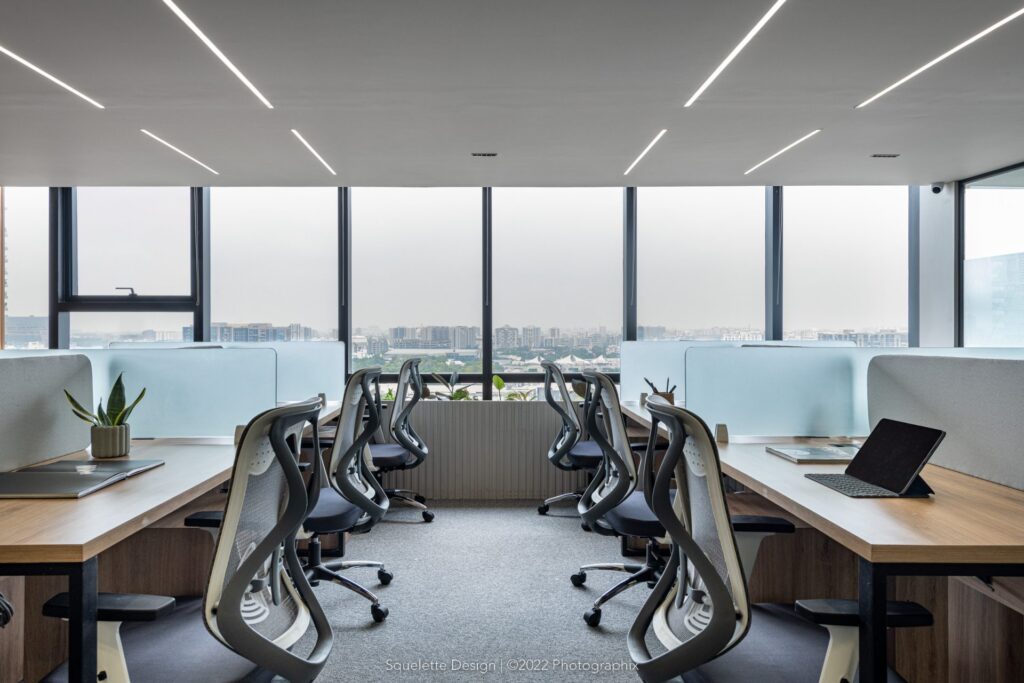Welcome to the topic “2024 Return to Office Trend”
Transforming Business Landscape
The return to office trend is transforming the business landscape, leading companies to reassess their operations and growth strategies. As organizations continue to transition back to in-person work environments, they are restructuring teams, redefining roles, and realigning processes to optimize collaboration and productivity. This shift is not just about physical presence but also about leveraging face-to-face interactions for innovation and creativity, driving a renaissance in workplace culture.
Reshaping Talent Strategies
The return to office is also reshaping talent strategies, with companies revising recruitment and retention practices to attract employees who value in-person collaboration. This focus on workplace proximity is creating environments where employees can thrive and contribute meaningfully to organizational growth. Overall, companies that embrace this new paradigm, reimagining their business models and operations, are poised to succeed in the post-pandemic world.

Influence on Talent Acquisition and Retention
The shift back to in-person work is significantly influencing how companies approach talent acquisition and retention. As businesses prioritize in-person work, they are reevaluating their talent strategies to attract and retain employees who align with this focus. This shift is prompting companies to rethink their recruitment efforts, placing greater emphasis on candidates who value and excel in in-person collaboration and who are geographically situated near office locations.
Organizational Dynamics and Innovation
The return to office trend is not only about physical presence but also about restructuring organizational dynamics to enhance collaboration and innovation. Companies are reevaluating their organizational structures, moving towards more agile and cross-functional teams that can thrive in face-to-face interactions. This restructuring is aimed at fostering a culture of innovation and productivity that is often catalyzed by spontaneous in-person exchanges and brainstorming sessions.
Communication Strategies and Collaboration
Moreover, the return to office is prompting a rethinking of communication strategies. Companies are placing a greater emphasis on in-person meetings and interactions, recognizing the value of non-verbal cues and spontaneous idea generation that can occur in face-to-face settings. This shift is also driving the adoption of collaboration tools that support in-office interactions, such as digital whiteboards and video conferencing solutions. By prioritizing in-person communication, companies are aiming to create a more cohesive and collaborative work environment that enhances productivity and innovation.
Business Growth Strategies
The return to office trend is additionally prompting a significant reevaluation of business growth strategies, particularly in terms of real estate and technology infrastructure. Companies are reassessing their real estate needs, focusing on creating office spaces that not only accommodate in-person work but also foster collaboration and creativity. This shift is driving investments in workspace design and amenities that enhance the in-office experience, such as open layouts, collaboration zones, and recreational areas, to create a more engaging and productive work environment.

Adaptation to Evolving Work Environments
The return to office trend is a pivotal factor shaping how businesses strategize for growth and adapt to evolving work environments. It is prompting companies to rethink traditional approaches and embrace new ways of working that blend the benefits of in-person collaboration with the flexibility of remote work. Businesses that can effectively navigate these changes are poised to experience sustained growth and success in the post-pandemic world.
Emphasis on Dynamic and Inclusive Workplaces
This trend is encouraging companies to prioritize the creation of dynamic and inclusive workplaces that foster innovation and productivity. By emphasizing in-person interactions, businesses are able to cultivate a strong sense of community and belonging among employees, which can lead to higher engagement and retention rates. Additionally, the return to office trend is driving investments in technology and infrastructure that support hybrid work models, enabling employees to seamlessly collaborate and communicate whether they are in the office or working remotely.
Conclusion
Overall, the return to office trend represents a shift towards a more balanced and adaptable approach to work. Companies that can leverage the benefits of in-person collaboration while also supporting remote work are well-positioned to thrive in the rapidly evolving business landscape.
Also read: Key Industrial Manufacturing Trends
TAGS